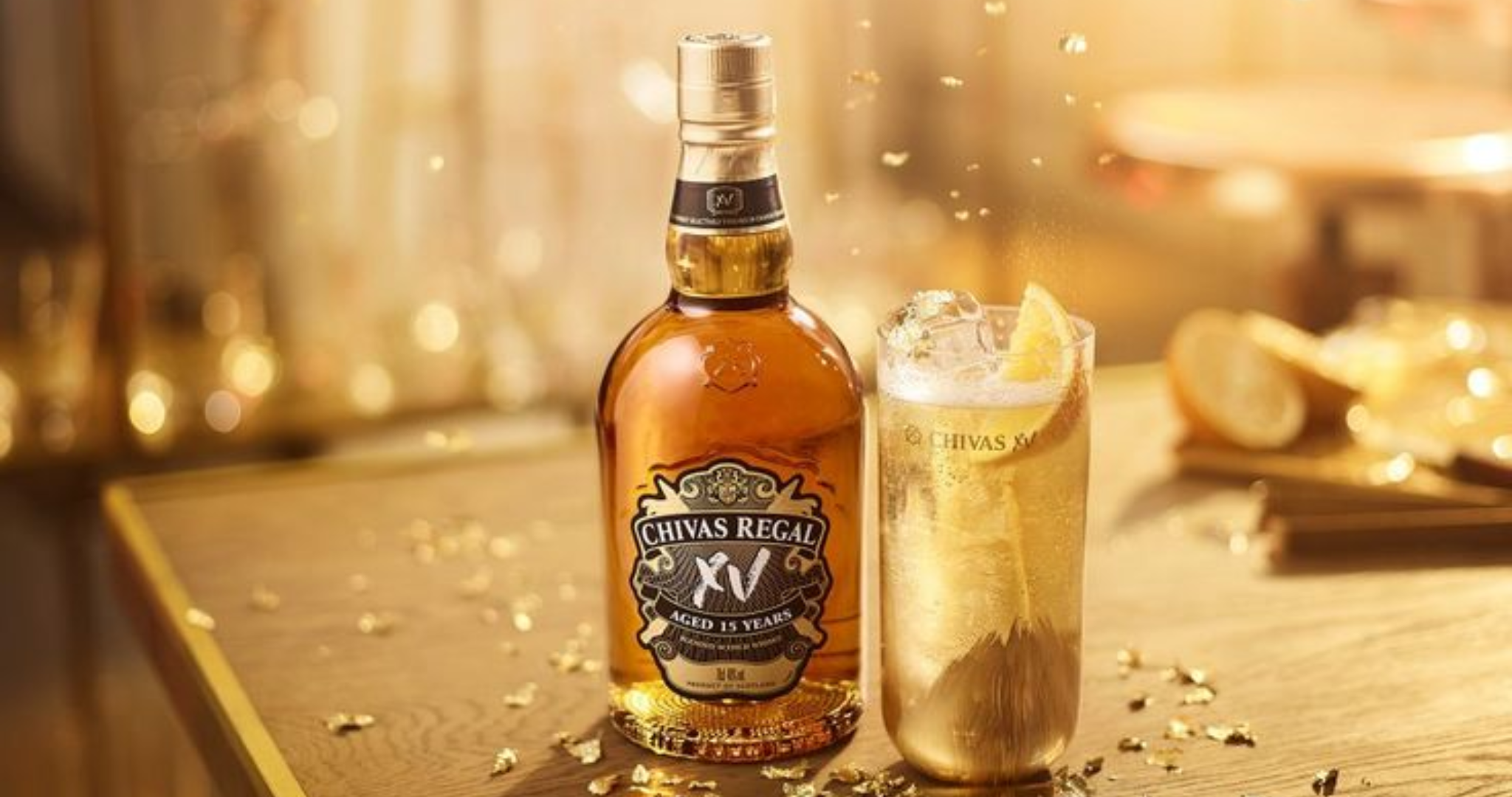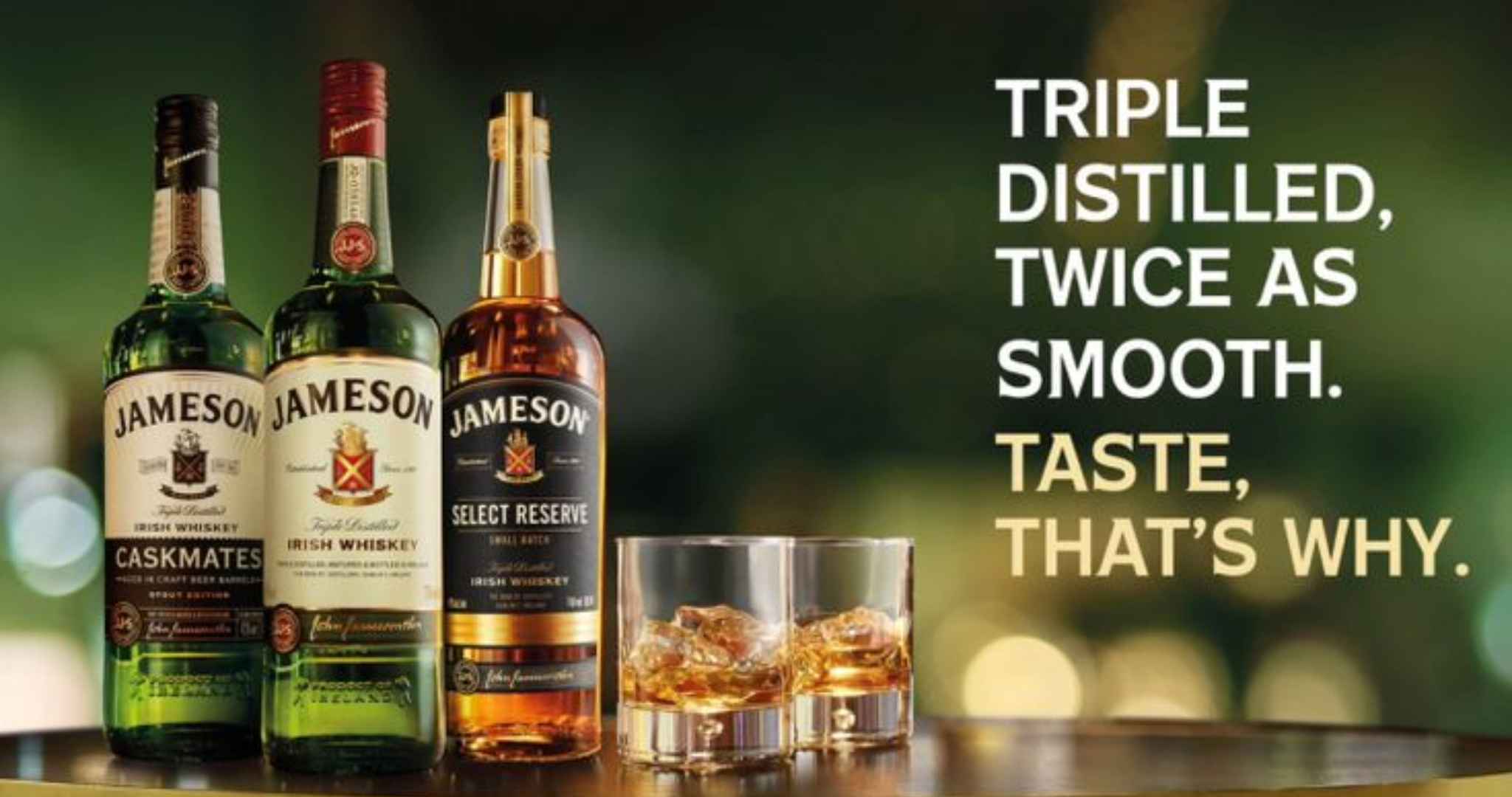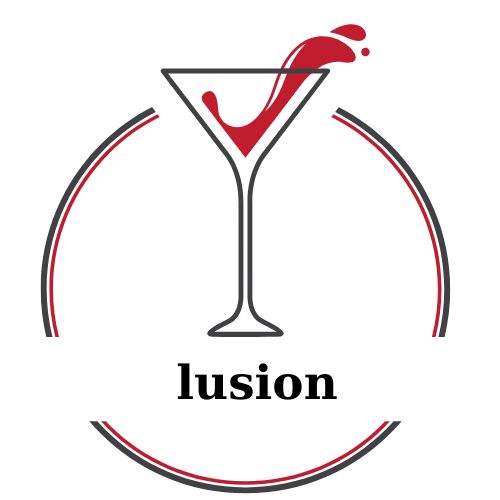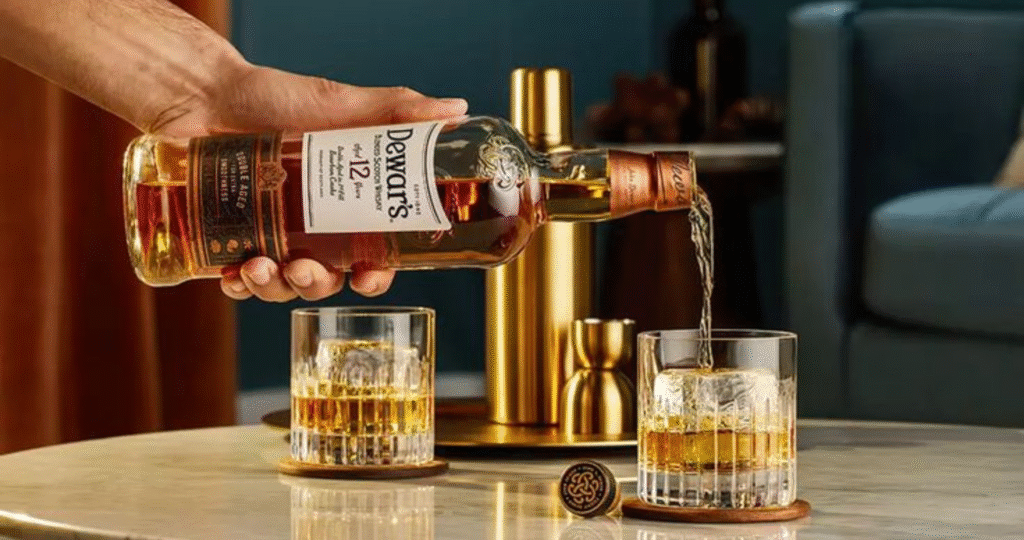Premium Spirits
Premium Spirits: The Art of Long-Term Incubation for Exceptional Quality
Introduction:
In the world of fine spirits, the aging and maturation process plays a crucial role in determining the final product’s flavor, depth, and complexity. Premium spirits are no exception, with many of the finest liquors undergoing long-term incubation to develop the rich characteristics that set them apart from ordinary spirits. This extended aging process allows the spirits to mature, absorbing subtle nuances and flavors from the barrels, resulting in smooth, well-balanced drinks that are perfect for sipping or enjoying in refined cocktails.
In this article, we explore the process of long-term incubation in the world of premium spirits. From the types of barrels used in aging to the science behind maturation, we’ll delve into the factors that contribute to the exceptional quality of these spirits. Whether you’re a whiskey enthusiast, rum connoisseur, or a fan of aged wine, understanding the role of long-term incubation can help you appreciate the craftsmanship and artistry that goes into creating some of the finest beverages available.

What Makes Premium Spirits Stand Out?
Premium spirits are not just beverages—they are the result of careful craftsmanship, time, and patience. The concept of long-term incubation, also known as aging, is what makes many premium spirits such a special indulgence. The maturation process, which can take anywhere from a few years to several decades, influences the character of the spirit, allowing for the development of unique and sophisticated flavors that are not present in younger spirits.
1. The Aging Process: A Symphony of Time and Barrels
The key to premium spirits is their aging process. The term “long-term incubation” refers to the period of time a spirit spends maturing in barrels, allowing it to interact with the wood and develop its distinctive flavor profile. This process involves a delicate balance between time, temperature, and the type of barrel used.
Why Long-Term Incubation is Essential:
-
Flavor Development: As the spirit interacts with the barrel’s wood, it absorbs flavors such as vanilla, caramel, and spice, which add depth and complexity.
-
Smoothness: Over time, harsh elements in the spirit, such as alcohol burn, mellow out, resulting in a smoother, more refined taste.
-
Color and Aroma: Aging also affects the color and aroma of the spirit, as the interaction with the wood imparts a rich golden hue and an inviting, complex nose.
Types of Barrels Used for Long-Term Incubation:
-
Oak Barrels: Oak is the most commonly used wood for aging spirits, particularly whiskey, rum, and brandy. Oak barrels provide a balance of flavor and aroma, with variations depending on the origin of the oak.
-
Sherry Casks: Some premium spirits, especially Scotch whisky, are aged in sherry casks. These barrels impart rich, fruity flavors that enhance the depth of the spirit.
-
Bourbon Barrels: American bourbon barrels are widely used in whiskey aging, contributing flavors of caramel, vanilla, and honey.
2. The Science Behind Aging: Why Time Matters
The aging process is not simply about time; it’s also about the science behind the interaction between the spirit and the barrel. During long-term incubation, a number of chemical reactions occur, including the extraction of tannins, the oxidation of alcohol, and the development of ester compounds. These reactions are what give aged spirits their distinct flavor profiles and smooth texture.
Key Factors in Long-Term Incubation:
-
Temperature Variations: Fluctuations in temperature, often seen in places like Kentucky (for bourbon) or Scotland (for whisky), cause the spirit to expand and contract within the barrel. This allows for greater interaction between the liquid and the wood, deepening the flavor.
-
Humidity: The amount of humidity in the aging environment influences the evaporation rate of alcohol and water, which in turn impacts the final taste and aroma of the spirit.
-
Type of Wood: Different woods impart different flavors. For example, American oak barrels are known for their sweet, vanilla-like flavors, while French oak can lend spicier, more complex notes.

Popular Premium Spirits and Their Long-Term Incubation
1. Whiskey: The Pinnacle of Aging
Whiskey, particularly Scotch, bourbon, and rye, is renowned for its long-term incubation process. Some of the finest whiskeys are aged for decades, developing deep and complex flavor profiles that are unmatched by younger spirits.
Why Whiskey Benefits from Long-Term Incubation:
-
Flavor Complexity: The extended aging process allows whiskey to develop rich layers of flavor, from sweet vanilla and caramel to smoky peat and oak.
-
Smoothness: Over time, the alcohol burn of young whiskey softens, and the spirit becomes more rounded and smooth.
Recommended Premium Whiskeys Aged for Long-Term Incubation:
-
The Macallan 18-Year-Old: A renowned Scotch whisky aged in both sherry and oak casks, known for its smooth texture and rich, fruity flavor profile.
-
Pappy Van Winkle Bourbon: A cult favorite, Pappy Van Winkle’s bourbon is aged for up to 15 years, resulting in an intensely flavorful and well-balanced drink.
-
Yamazaki 18-Year-Old: A Japanese whisky aged in a variety of barrels, including Japanese oak, this whisky is rich, complex, and a testament to the art of aging.
2. Rum: A Taste of the Tropics
Rum is another premium spirit that benefits from long-term incubation. Aged rum, often produced in the Caribbean or Latin America, develops an intricate profile of flavors, from rich molasses to spicy caramel and vanilla.
Why Rum Matures Well Over Time:
-
Sweetness and Spice: Aging rum allows for the natural sweetness of the molasses or sugar cane to develop, while also adding complexity from the wood.
-
Smooth Finish: Over years of aging, the harshness of younger rum fades, leaving a smoother, more refined taste.
Recommended Premium Aged Rums:
-
Ron Diplomático Reserva Exclusiva: A Venezuelan rum that is aged for up to 12 years, resulting in a rich, sweet, and smooth finish.
-
Appleton Estate 21-Year-Old: An exceptional Jamaican rum with deep flavors of tropical fruit, spice, and oak, aged in oak barrels for over two decades.
3. Brandy and Cognac: The Essence of Luxury
Cognac and brandy are both spirits that thrive on long-term incubation. Cognac, in particular, is known for its intricate aging process, where the spirit is aged in oak barrels for years to develop the deep, rich flavors that characterize this luxury spirit.
Why Brandy and Cognac Benefit from Aging:
-
Rich, Complex Flavors: The extended aging process in oak casks allows cognac and brandy to develop complex layers of flavors, from dried fruit and nuts to spices and wood.
-
Smoothness: As with whiskey, the aging process helps to mellow the sharpness of the alcohol, creating a smooth, elegant drink.
Recommended Premium Brandies and Cognacs:
-
Hennessy XO: A legendary cognac aged for decades, known for its deep, smooth flavor and rich, woody complexity.
-
Rémy Martin Louis XIII: One of the most exclusive and expensive cognacs in the world, this spirit is aged for several decades, resulting in a complex and opulent profile.
-
Cristalino Brandy: This aged brandy features a well-balanced profile with layers of spice and oak, ideal for those looking for a sophisticated, smooth drink.
Long-Term Incubation and Investment Value of Premium Spirits
One of the unique aspects of premium spirits that undergo long-term incubation is their investment potential. As time passes, the aging process increases the rarity and value of these spirits. Rare bottles of Scotch whisky, bourbon, or Cognac, for example, can appreciate significantly in value, especially those that are aged for many years and come from distilleries with a rich history.
Why Aged Premium Spirits Are Valuable:
-
Rarity: The longer a spirit is aged, the fewer bottles are produced, making those that are released incredibly rare.
-
Brand Legacy: Spirits from renowned distilleries or limited-edition releases become highly collectible, adding to their long-term value.
-
Mature Flavor Profiles: Aged spirits often carry a unique flavor profile that cannot be replicated in younger versions, making them desirable for collectors and enthusiasts alike.
Conclusion: The Timeless Appeal of Premium Spirits Through Long-Term Incubation
The process of long-term incubation is what elevates premium spirits to the level of luxury. Whether it’s whiskey, rum, brandy, or cognac, the art of aging creates rich, complex, and smooth flavors that make these spirits stand out from the rest. By using the finest ingredients, barrels, and aging techniques, distilleries around the world have perfected the craft of producing spirits that continue to improve with age.
The next time you savor a sip of your favorite premium spirit, take a moment to appreciate the years of craftsmanship, patience, and precision that have gone into its creation. Whether you’re sipping a glass of aged whiskey or enjoying a rich cognac, you are indulging in the best that the world of spirits has to offer.
Internal Links:
-
Discover the aging process of premium whiskey in our comprehensive guide.
-
Learn more about the benefits of aged rum and its evolving flavors.
External Links:
-
Explore the heritage and craftsmanship behind Hennessy XO.
-
Learn about the art of aging and premium Macallan Scotch whisky.

